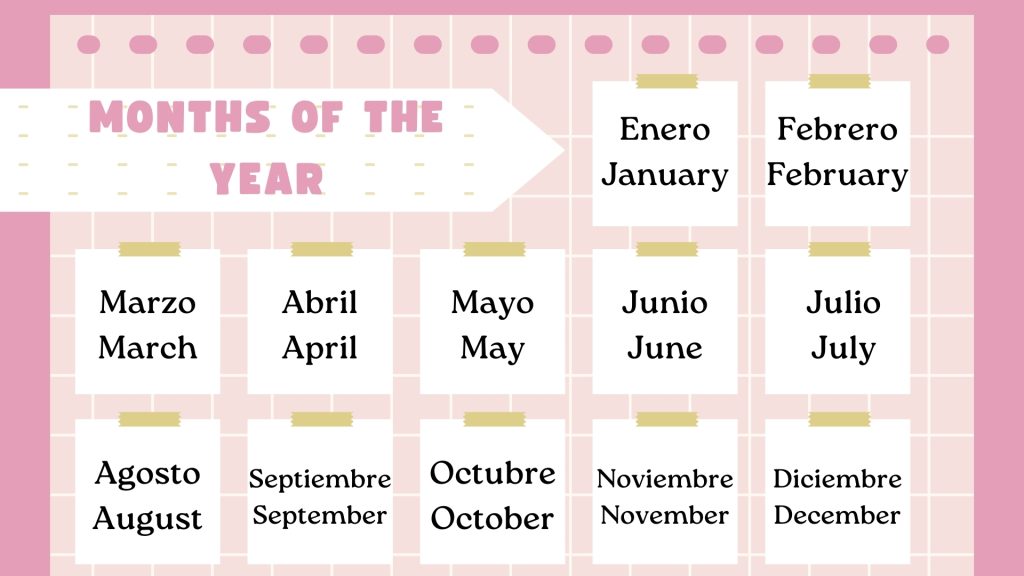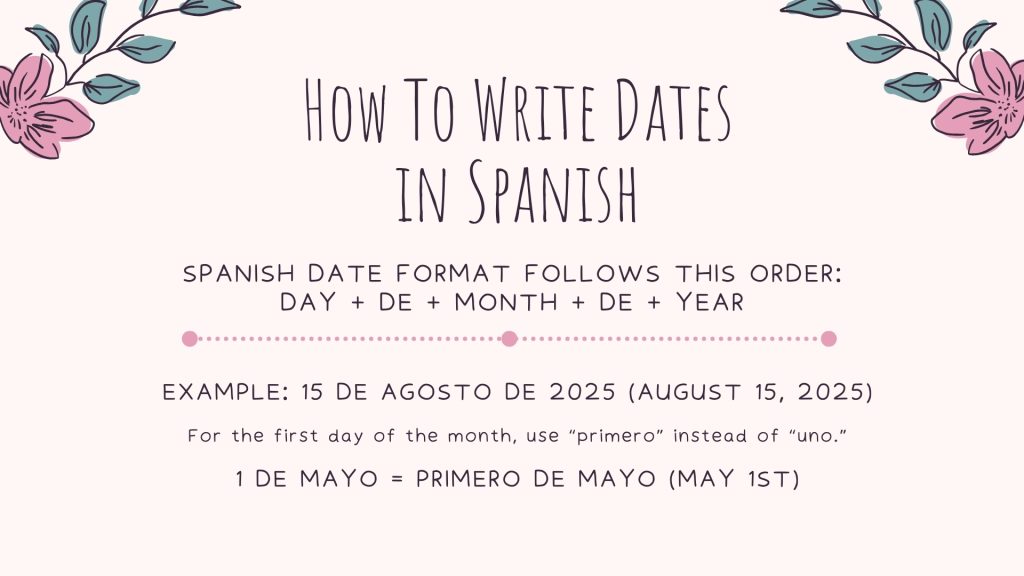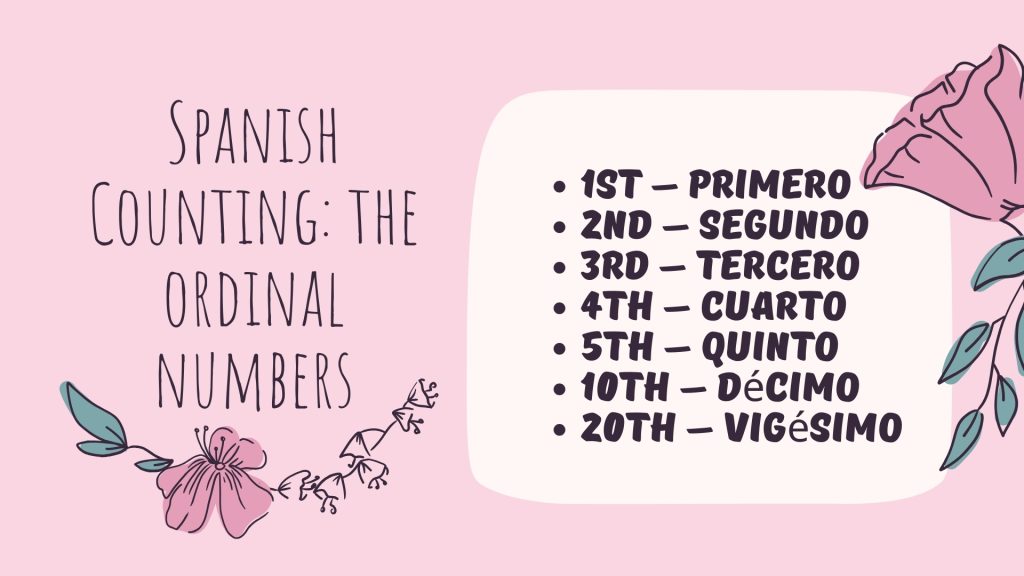The months of the year in Spanish are more than just words; they open a window to history and culture. These names come from myths and historical figures, showing how deep the roots of the Spanish language go.
For example, ‘enero’ comes from Janus, the Roman god of beginnings. This shows how old beliefs still shape our words today. Understanding these connections can help us appreciate cultural traditions and the way languages work.
Let’s see how knowing about the past can deepen our understanding of Spanish today.
Months of the Year in Spanish
The months of the year in Spanish, like in English, come from Latin names with deep historical and mythological meanings. For instance, January comes from ‘Januarius’, named after the Roman god Janus.

March comes from ‘Martius’, named after Mars, the god of war. These names show how ancient Rome’s culture and religion influenced us.
| Spanish | Pronunciation | English |
|---|---|---|
| Enero | eh-NEH-ro | January |
| Febrero | feh-BREH-ro | February |
| Marzo | MAR-tho or MAR-so | March |
| Abril | ah-BREEL | April |
| Mayo | MAH-yo | May |
| Junio | HOO-nee-oh | June |
| Julio | HOO-lee-oh | July |
| Agosto | ah-GOS-toh | August |
| Septiembre | sehp-TYEHM-breh | September |
| Octubre | ohk-TOO-breh | October |
| Noviembre | noh-VYEHM-breh | November |
| Diciembre | dee-SYEHM-breh | December |
Present Progressive Tense in Spanish –Complete Full Guide!
Grammar Rules
To write Spanish months correctly, keep a few simple tips in mind.
First off, remember they’re always masculine. Also, don’t capitalize them unless they’re starting a sentence. This rule holds from January, or ‘enero’, through December, or ‘diciembre’.
Sticking to these guidelines helps you communicate clearly and keeps your Spanish on point.
- No Capitalization: Unlike English, Spanish months always start with a lowercase letter.
- Masculine Gender: All months are masculine, so when using articles, you say “el” (e.g., el mes de abril – the month of April).
- Prepositions: Use “en” to say something happens in a month. Example: Voy a España en julio (I’m going to Spain in July).
How To Write Dates in Spanish
After going over the basic grammar of Spanish months, let’s look at how dates are formatted in Spanish.

The usual format is ‘el [number] de [month] de [year].’ It’s a clear and consistent way to write dates, whether you’re dealing with official documents or just chatting casually.
This format helps everyone understand specific dates without confusion.
Spanish date format follows this order: day + de + month + de + year
Example: 15 de agosto de 2025 (August 15, 2025)
For the first day of the month, use “primero” instead of “uno.”
- 1 de mayo = primero de mayo (May 1st)
Pronunciation of Years and Phone Numbers in Spanish
Learning how to say years and phone numbers in Spanish clearly is key for good communication. For years, you say each digit one by one. But for phone numbers, you group the numbers in pairs. This method keeps things clear and makes sure you’re understood when you’re giving out numbers in different settings, be it at work or with friends.
| Year | Spanish |
| 1999 | mil novecientos noventa y nueve |
| 2024 | dos mil veinticuatro |
Phone numbers are spoken in single digits or pairs. Example:
- 345-6789 = tres, cuatro, cinco – seis, siete, ocho, nueve.
Spanish Counting: the ordinal numbers
Knowing how to use ordinal numbers in Spanish really helps when you need to talk about order or rank. You might use them to talk about dates or who came first in a race.

For instance, you start with ‘primer’ for first, ‘segundo’ for second, ‘tercer’ for third, and go on up to ‘décimo’ for tenth. Getting these right can make your conversations clearer, especially when you’re in more formal or educational settings.
| Number | Spanish |
| 1st | primero |
| 2nd | segundo |
| 3rd | tercero |
| 4th | cuarto |
| 5th | quinto |
| 10th | décimo |
| 20th | vigésimo |
Master Spanish Vocabulary with These Powerful ‘R’ Words
Decimals and Fractions in Spanish
Understanding how to use decimals and fractions in Spanish is key for math, money matters, and daily life.
Decimals are called ‘decimales’ and use a comma, like 3,14 (tres coma catorce).
Decimals use a comma instead of a dot:
| Decimal | Spanish |
| 3.5 | tres coma cinco |
For fractions, you say ‘fracciones’. Some usual ones are ‘mitad’ for half (1/2) and ‘cuarto’ for quarter (1/4).
Knowing these makes sure you get your numbers right.
Fractions have unique names:
| Fraction | Spanish |
| 1/2 | medio or mitad |
| 1/3 | un tercio |
| 1/4 | un cuarto |
| 3/4 | tres cuartos |
Conclusion
In short, learning about the months in Spanish shows us how much history and mythology from ancient Rome influence them. Knowing the Spanish calendar, its grammar, and how to count in Spanish doesn’t just improve your language skills—it also helps you appreciate the culture more deeply.
This full understanding makes it easier to connect with the Spanish language, letting you see both its rules and its rich cultural background in a new light.
Master a New Language with Lingua Viva – Enroll Today!
Born in Cali, but raised in London, Juan Pablo has led an interesting life. He has an undergraduate degree in Foreign Language and 10+ years of experience. Juan Pablo has taught and worked as a professor and interpreter in Spanish, English, and French languages. He prides himself on having a ‘situational teaching style’, which means he caters lessons to fit student needs. He is serious about teaching, responsible, professional, clear, and concise.











